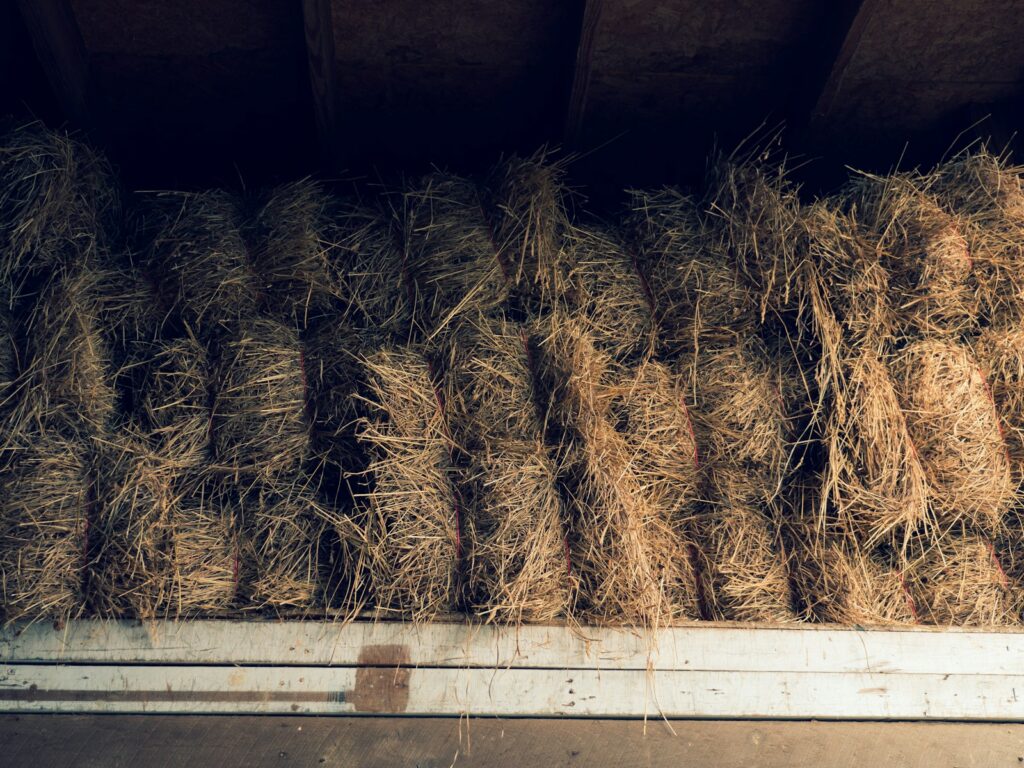Horses require proper nutrition to maintain their health, energy, and overall well-being. As a horse owner or caretaker, one of your most important responsibilities is ensuring that your equine companions receive high-quality feed and hay that hasn’t deteriorated due to improper storage. Poor storage practices can lead to nutrient degradation, mold growth, and pest infestations—all of which pose serious health risks to horses. Additionally, proper storage and maintenance of horse feed and hay can save you money by reducing waste and preserving nutritional value. This comprehensive guide will walk you through everything you need to know about storing and maintaining horse feed and hay to keep your horses healthy and your barn efficiently managed.
Understanding the Importance of Proper Feed Storage
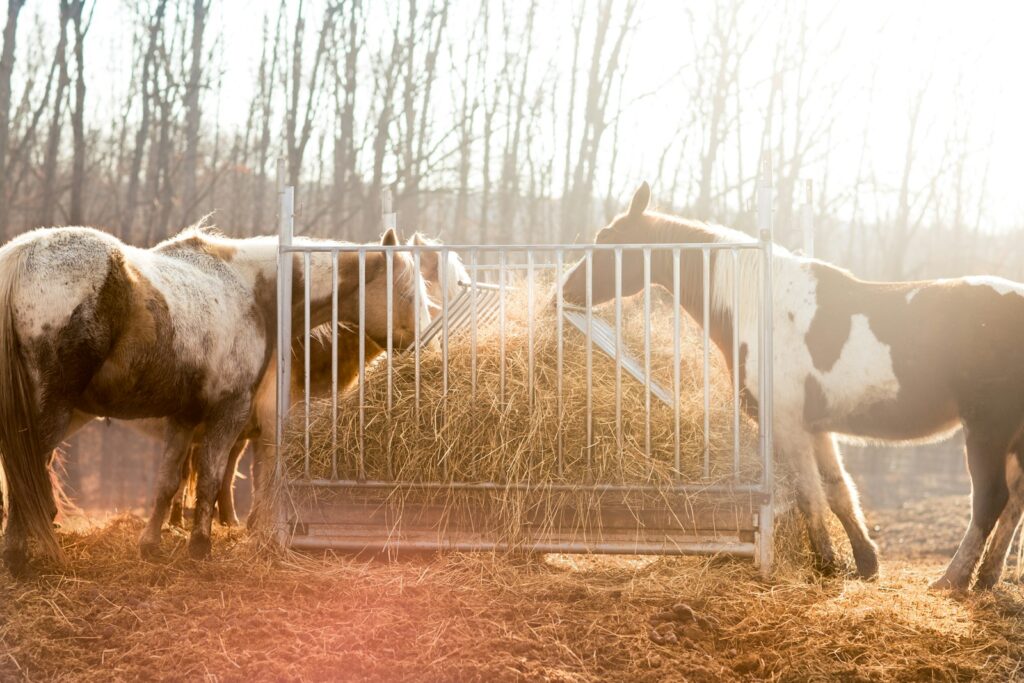
Proper feed storage is not merely a matter of convenience—it’s essential for your horse’s health and well-being. When feed is stored incorrectly, it becomes susceptible to moisture, which creates an ideal environment for mold and bacteria to flourish. These microorganisms produce mycotoxins that can cause serious digestive issues, respiratory problems, and even neurological damage in horses. Furthermore, improperly stored feed loses nutritional value over time as vitamins degrade when exposed to heat, light, and oxygen. Feed that has been compromised nutritionally may still look acceptable to the naked eye, but it won’t provide your horse with the nutrients they need to thrive. Implementing proper storage techniques ensures that your feed remains fresh and nutritionally intact until it’s time to feed your horses.
Creating an Ideal Storage Environment for Feed
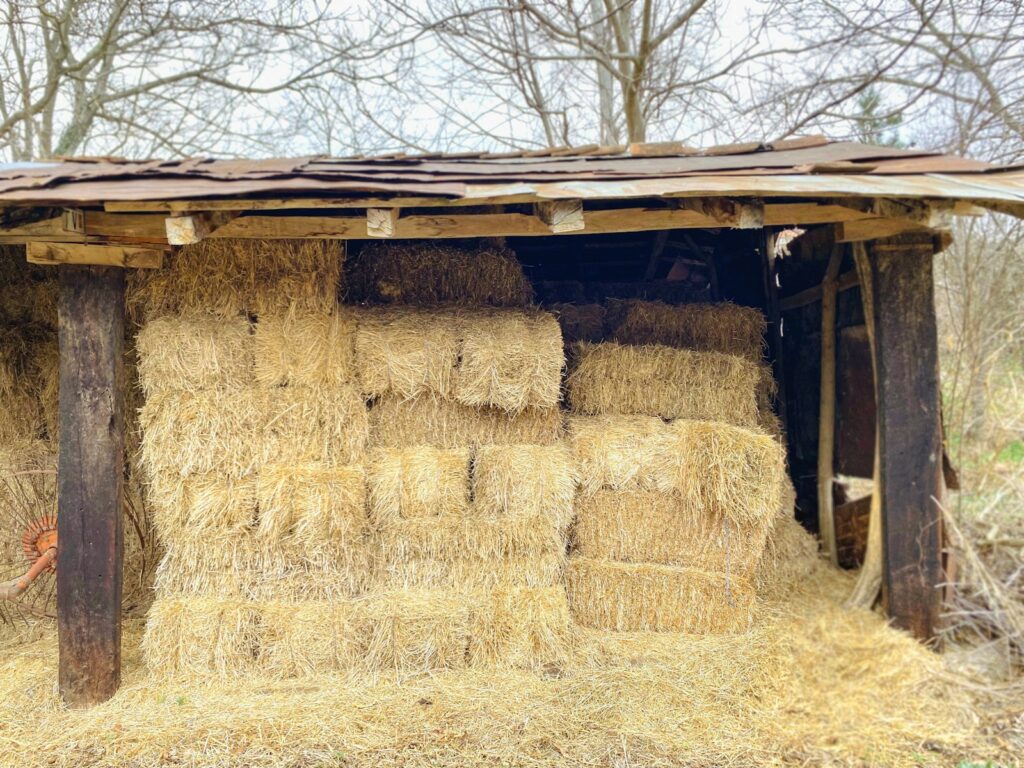
The ideal storage environment for horse feed is cool, dry, and protected from direct sunlight. Temperature fluctuations can cause condensation to form inside feed bags or containers, creating moisture that leads to mold growth, so aim for a consistent temperature below 75°F (24°C) if possible. The storage area should be well-ventilated to prevent humidity buildup but secure enough to keep out pests and wildlife that might contaminate the feed. Consider using a dedicated feed room or storage shed with proper insulation and ventilation systems. If using a portion of your barn, ensure it’s separated from the horses’ living quarters to minimize dust and maintain cleaner air quality. The flooring should be elevated off the ground—concrete is ideal, but wooden pallets can also work to create a barrier against ground moisture.
Selecting the Right Containers for Feed Storage
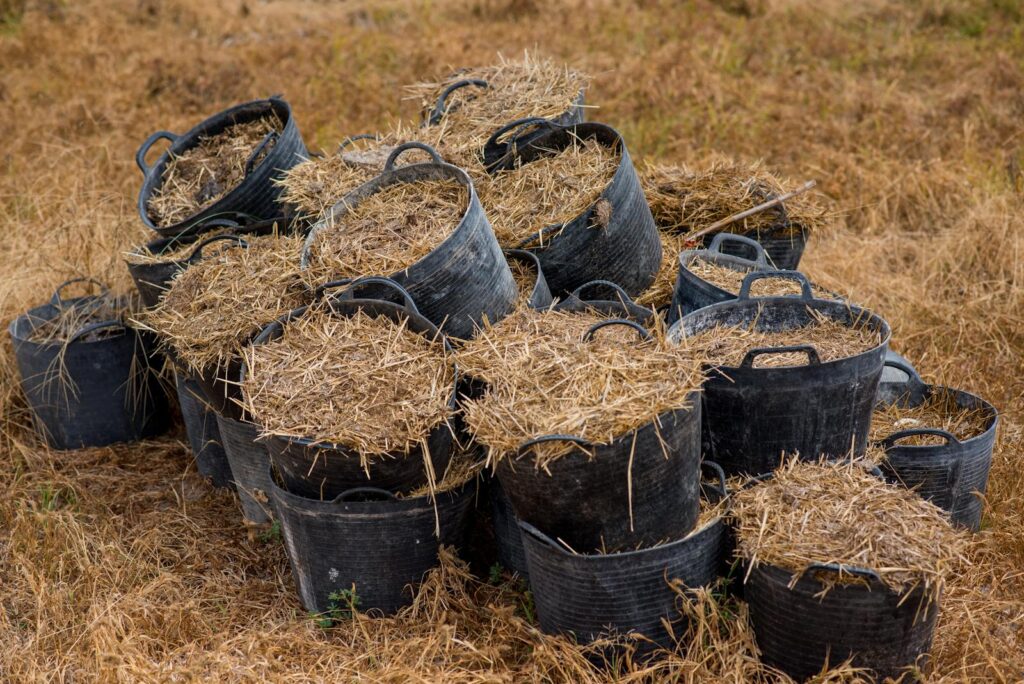
Choosing appropriate containers for feed storage is crucial for maintaining freshness and preventing pest infestations. Metal or heavy-duty plastic containers with tight-fitting lids are the gold standard for feed storage, as they provide a secure barrier against rodents and insects while maintaining a moisture-proof environment. Many equestrians prefer galvanized metal trash cans or specialized feed bins that can be easily cleaned and don’t retain odors that might attract pests. If using plastic containers, ensure they are food-grade quality and BPA-free to prevent chemical leaching. Avoid using containers that previously held chemicals, fertilizers, or other potentially toxic substances, no matter how thoroughly they’ve been cleaned. For convenience and organization, consider labeling containers with the type of feed and date of purchase to help manage inventory and ensure you’re using the oldest feed first.
Hay Storage Fundamentals: Location Considerations
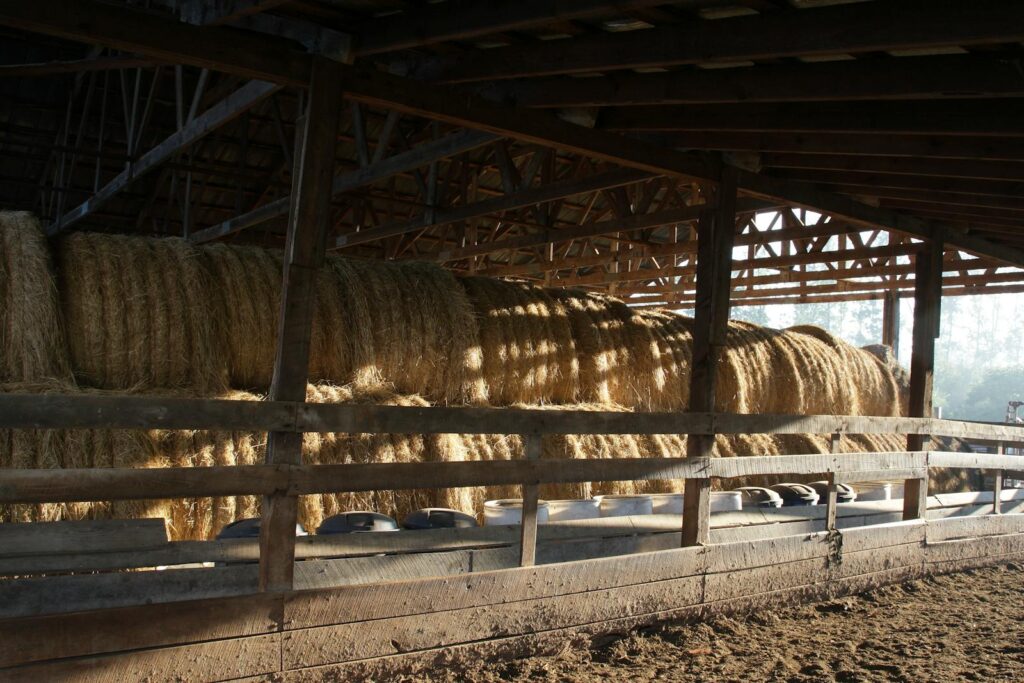
The location of your hay storage significantly impacts its longevity and quality. Ideally, hay should be stored in a dedicated structure such as a hay barn or shed with adequate ventilation and protection from the elements. If a separate structure isn’t available, designate a section of your barn that’s well away from horse stalls to reduce fire hazards and improve air quality. Never store hay directly on concrete floors, as concrete wicks moisture upward into the bales, leading to mold and decomposition from the bottom up. Instead, use wooden pallets to elevate hay at least 4-6 inches off the ground, allowing air circulation underneath the stack. If storing hay outdoors temporarily, place it on pallets and cover it with a waterproof tarp that extends beyond the edges of the stack but allows for some airflow to prevent condensation buildup under the covering.
Stacking Techniques for Optimal Hay Preservation
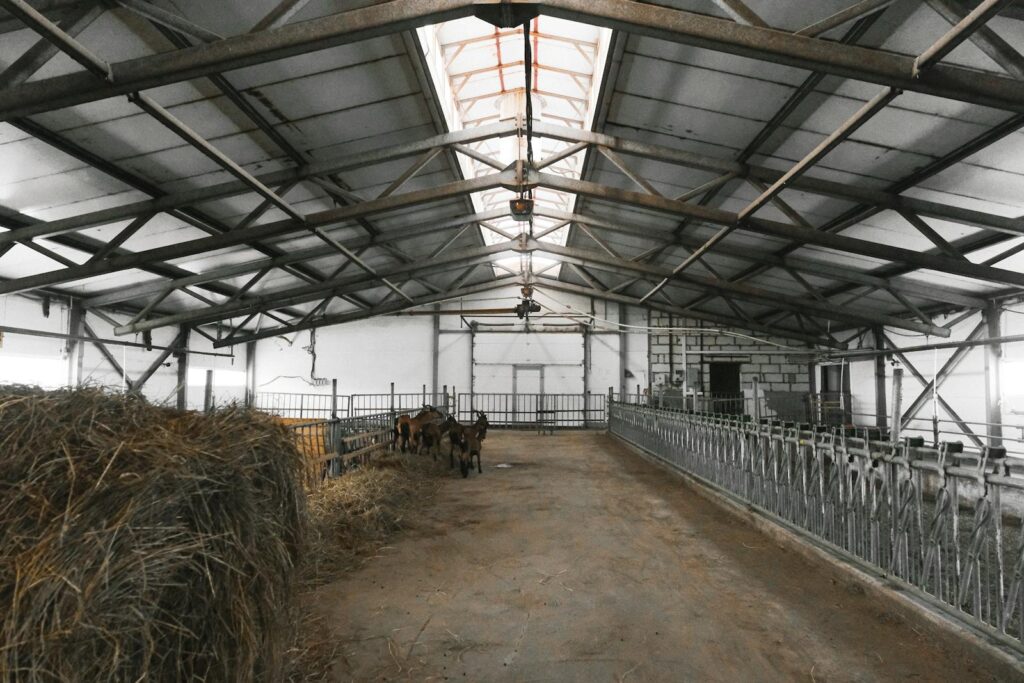
How you stack your hay can significantly affect its quality over time and impact how efficiently you can use your storage space. Begin by placing the oldest hay in positions where it will be used first, following the first-in, first-out principle to ensure rotation of stock. When building your stack, ensure consistent airflow by leaving small gaps between bales and, if possible, between rows. For square bales, the traditional stack involves placing bales on their sides with the cut edges facing outward, which helps moisture escape rather than being trapped within the stack. Alternating the direction of layers (like bricklaying) creates a more stable stack that’s less likely to topple. For round bales stored indoors, position them on their flat ends rather than on their curved sides to minimize ground contact and maintain shape integrity. If you’re storing different cuts or types of hay, create separate stacks and clearly label them to avoid confusion during feeding time.
Protecting Hay from Moisture and Weather
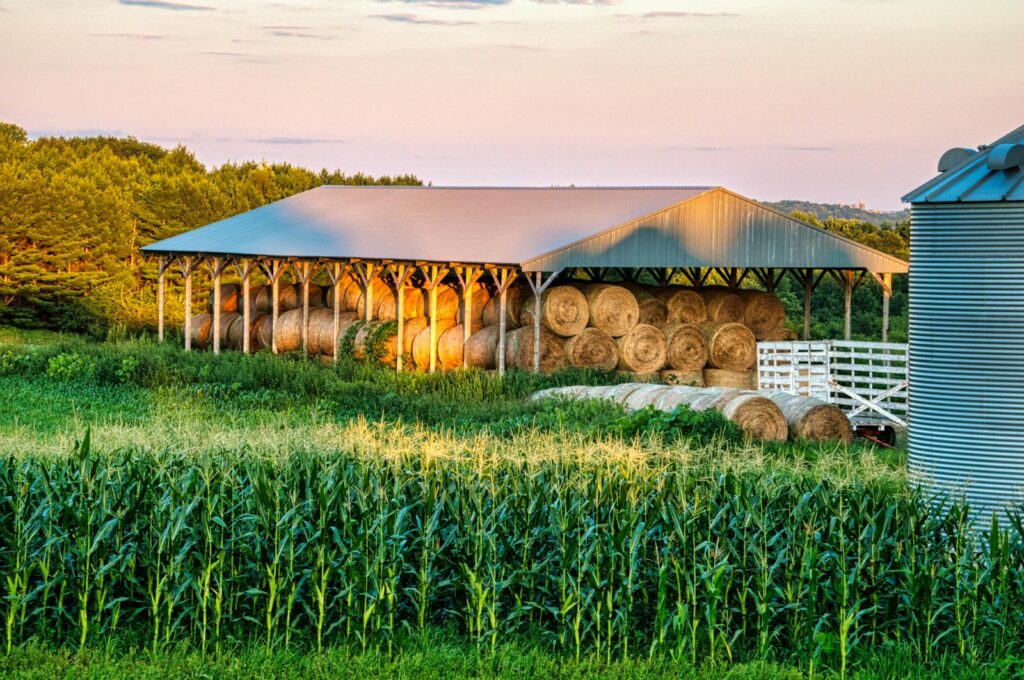
Moisture is hay’s worst enemy, potentially causing mold growth, heat generation, nutrient loss, and in extreme cases, spontaneous combustion. The ideal moisture content for stored hay is between 12-18%; anything higher increases the risk of mold and bacterial growth. When purchasing hay, use a moisture meter to check levels before bringing it into your storage area. If storing hay outdoors is unavoidable, choose a well-drained area on slightly sloped ground to prevent water pooling beneath the stack. Cover outdoor hay with a high-quality, UV-resistant tarp that’s secured but allows for ventilation around the sides—completely sealing hay can trap moisture and cause more harm than good. For indoor storage, ensure your roof is in good condition without leaks, and consider installing gutters to direct rainfall away from the structure. Regularly inspect stored hay for any signs of dampness, including a musty smell or darkened color, and remove any compromised bales immediately to prevent spread to the rest of your supply.
Implementing Effective Pest Control Strategies
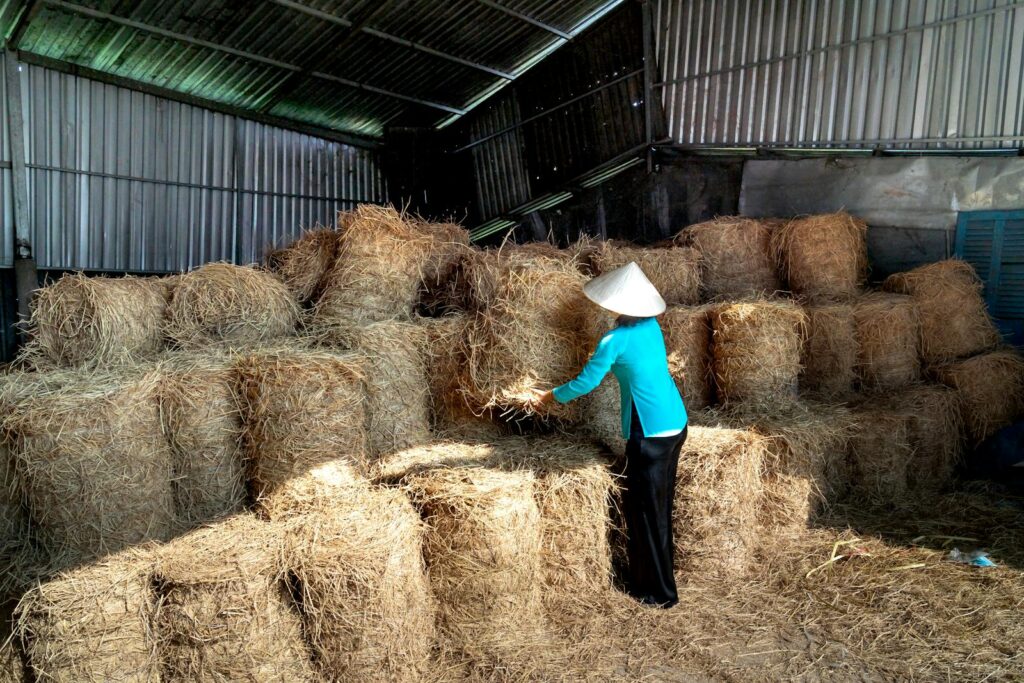
Pests can quickly turn quality feed and hay into an unusable, contaminated mess while potentially introducing diseases to your horse population. Rodents are particularly problematic as they can consume significant amounts of feed while contaminating much more with their droppings and urine. Implement an integrated pest management approach that includes both prevention and control measures. Start by keeping the areas around feed and hay storage clean and free of spilled grain that might attract pests. Use rodent-proof containers for feed storage and consider employing barn cats as natural rodent control, provided they’re well-managed and vaccinated. For more persistent problems, strategically place tamper-resistant bait stations away from areas where horses have access. Regularly inspect storage areas for signs of pest activity, including droppings, gnaw marks, or nesting materials. Birds can also be problematic in hay storage; bird netting or other exclusion methods may be necessary to prevent them from nesting in your hay supply and contaminating it with droppings.
Managing Feed Inventory and Rotation
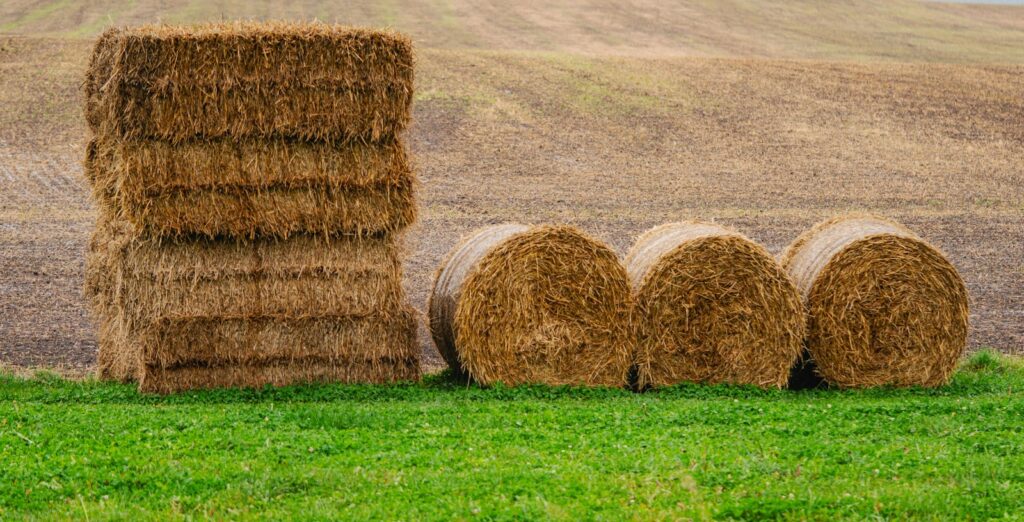
Proper inventory management ensures you’re always providing your horses with the freshest possible feed while minimizing waste. Implement a first-in, first-out (FIFO) system where older feed is used before newer purchases, helping prevent feed from sitting too long and potentially spoiling. Keep a log of purchase dates, feed types, and expected use-by dates to help track your inventory effectively. Most commercial feeds maintain optimal nutritional value for about 3-6 months from the manufacturing date (not the purchase date), so check the date stamps when buying and avoid purchasing more than you can use within this timeframe. When receiving new feed deliveries, reorganize your storage area if necessary to ensure older feed remains accessible for immediate use. Consider developing a relationship with your feed supplier so you can coordinate smaller, more frequent deliveries rather than bulk purchases that might sit in storage too long, especially during hot and humid months when feed degrades more quickly.
Recognizing Signs of Spoiled Feed and Hay
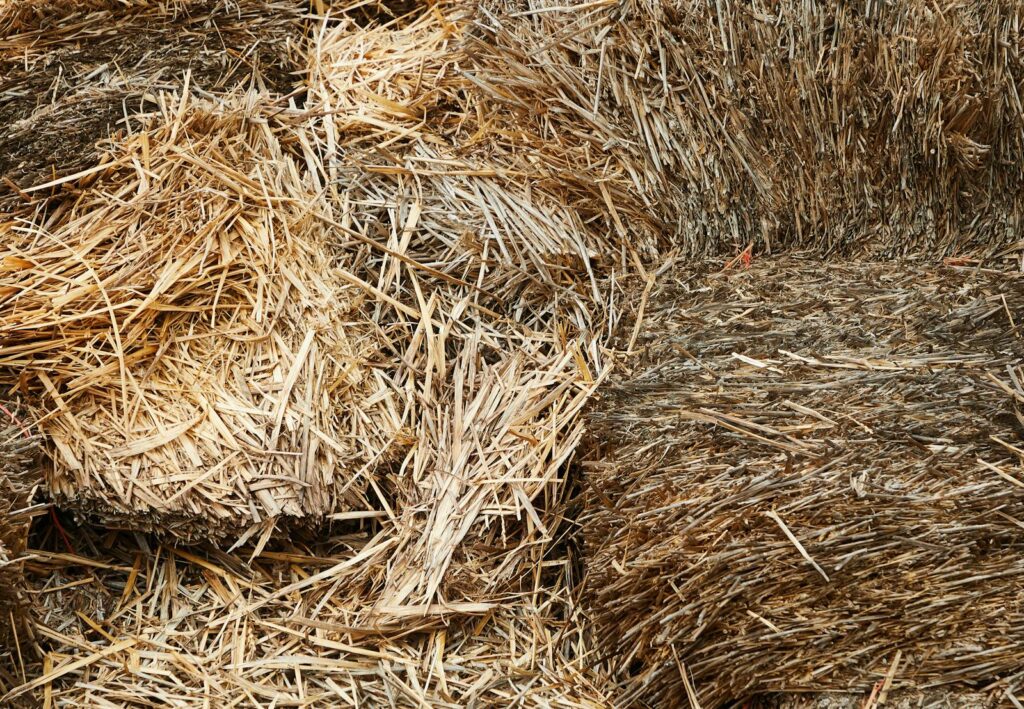
Being able to identify spoiled feed and hay is crucial for preventing health issues in your horses. For feed, watch for obvious signs like visible mold (white, green, or black fuzzy growth), a musty or sour smell unlike the normal sweet grain scent, clumping or moisture, insect activity, or unusual coloration. When inspecting hay, look for discoloration (dark brown or black spots rather than the natural golden or green color), a musty or tobacco-like smell instead of the fresh, slightly sweet scent of good hay, excessive dust when disturbed, or visible mold growth particularly in the center of bales. Also be alert for unusually heavy bales, which might indicate high moisture content, or excessively light, dusty bales that suggest over-drying and leaf shatter. Any hay that feels warm to the touch when opening a bale should be discarded immediately, as this indicates active microbial growth and potential fire hazard. Remember that horses may refuse to eat spoiled feed or hay, but some will consume it—potentially leading to colic, respiratory issues, or other health problems.
Seasonal Considerations for Feed and Hay Storage
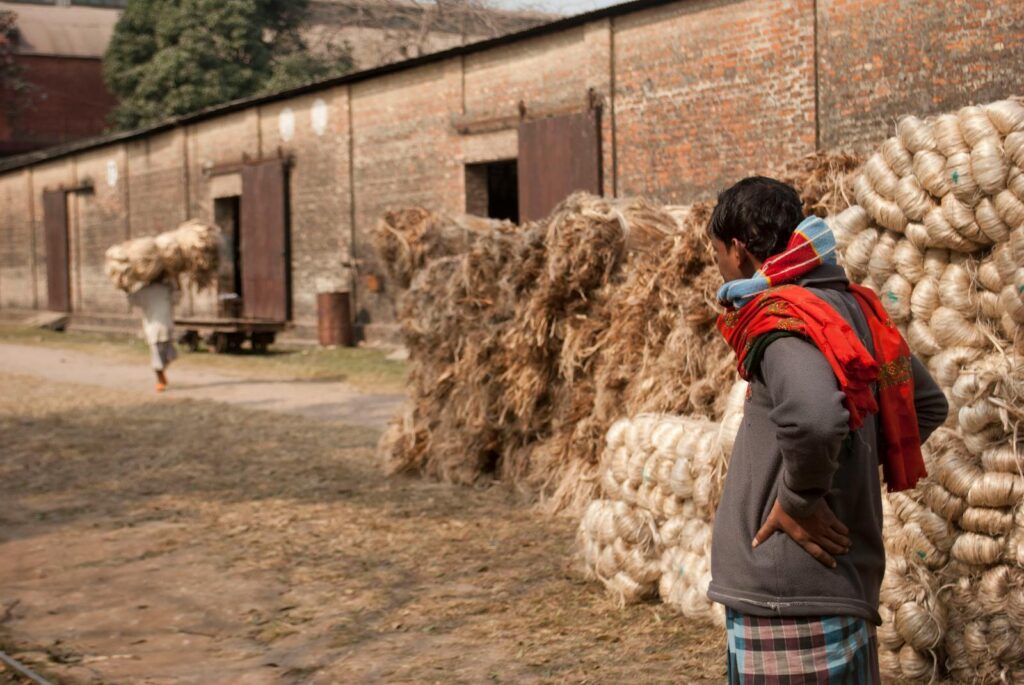
Different seasons present unique challenges for maintaining feed and hay quality, requiring adjustments to your storage practices throughout the year. During summer months, the combination of heat and humidity accelerates feed degradation and increases the risk of mold growth, so you may need to purchase smaller quantities more frequently and ensure exceptional ventilation in storage areas. Consider adding fans to improve air circulation in feed rooms during particularly hot, humid periods. Winter brings its own challenges, as freezing temperatures can affect certain liquid supplements and wet feeds, requiring them to be stored in heated areas. Additionally, winter often means less frequent hay deliveries, so planning your hay purchases to ensure adequate supply without overloading your storage capacity becomes crucial. Spring and fall are transition seasons that often bring fluctuating temperatures and humidity levels, requiring more vigilant monitoring of storage conditions and feed quality. These seasons are ideal for deep cleaning storage areas, performing maintenance on storage structures, and preparing for the more extreme conditions of summer and winter.
Storage Considerations for Different Types of Feed
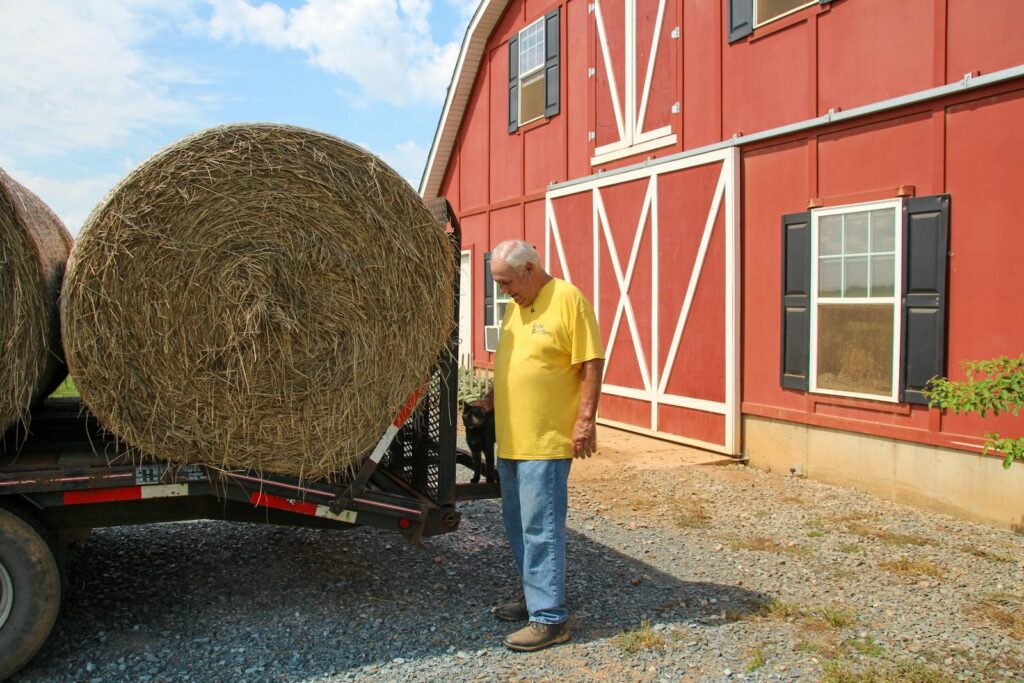
Different feed types have varying storage requirements to maintain their nutritional integrity and safety. Pelleted feeds generally have a longer shelf life than textured or sweet feeds because they contain less moisture and oils that can become rancid. However, pellets can still absorb moisture from the air, so they must be stored in airtight containers. Sweet feeds, with their molasses content, are particularly attractive to insects and rodents and may spoil faster in warm conditions due to their higher moisture content. Complete feeds containing forage materials may require more frequent rotation due to the degradation of fiber components. Supplements, particularly those containing vitamins, minerals with high oxidation potential (like selenium), or omega fatty acids, often have shorter shelf lives and may need refrigeration after opening, especially in warm weather. When storing beet pulp or other feeds that require soaking before feeding, keep them particularly dry and well-sealed, as they readily absorb atmospheric moisture that can lead to mold growth even before soaking.
Cleaning and Maintaining Storage Areas
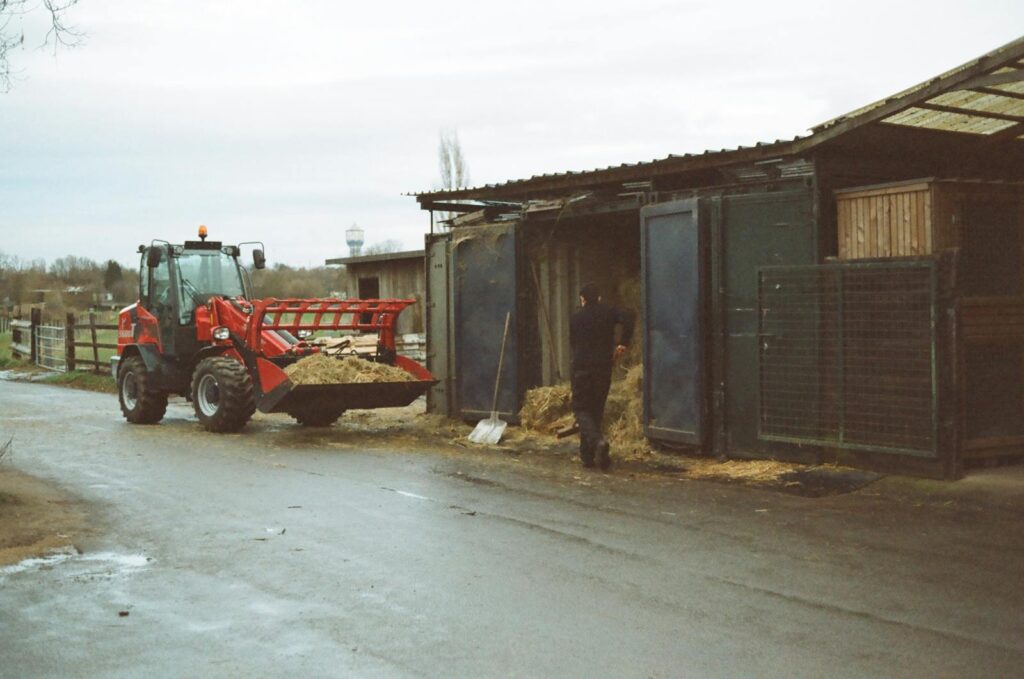
Regular cleaning and maintenance of feed and hay storage areas is essential for preventing contamination and extending the shelf life of your horse nutrition supplies. Establish a routine cleaning schedule that includes sweeping or vacuuming spilled feed, removing cobwebs and dust accumulation, and inspecting for signs of moisture or pest activity. Thoroughly clean feed containers before refilling them, allowing them to dry completely to prevent moisture from contaminating new feed. For hay storage areas, remove old hay debris regularly, as these small particles can harbor mold spores and dust that may contaminate new hay. At least twice yearly, perform a deep clean of your storage areas, including washing containers with a mild disinfectant solution and allowing them to dry thoroughly. This is also an excellent time to inspect the structural integrity of your storage areas, checking for roof leaks, damaged flooring, or gaps in walls that might allow moisture or pests to enter. Proper maintenance not only protects your feed and hay investment but also reduces fire hazards from accumulated dust and debris.
Cost-Effective Storage Solutions for Various Budgets
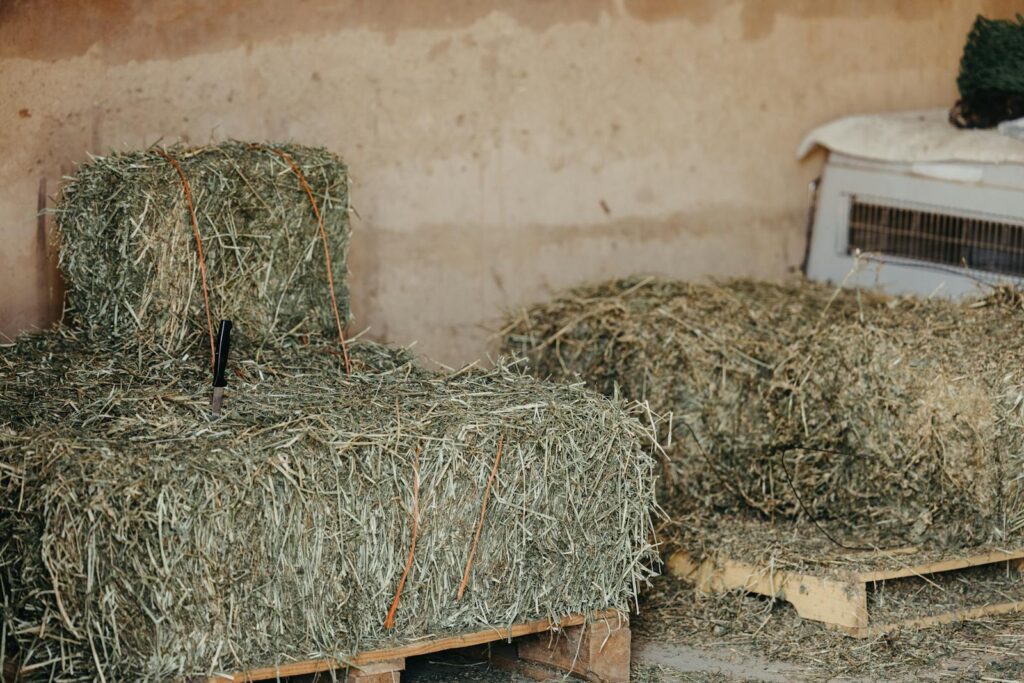
Creating proper feed and hay storage doesn’t necessarily require expensive, purpose-built structures—there are solutions available for every budget. For those with limited resources, repurposed materials can create functional storage systems; for example, clean 55-gallon food-grade plastic drums make excellent feed containers when fitted with secure lids, while wooden pallets can be arranged into walls and covered with tarps to create temporary hay storage areas. Mid-range solutions might include prefabricated metal or plastic storage sheds dedicated to feed storage, or hoop structures with metal frames and heavy-duty tarps for hay storage that provide protection at a fraction of the cost of traditional barns. For those with larger budgets, purpose-built feed rooms with climate control features, specialized ventilation systems, and rodent-proof construction offer the highest level of protection for your investment. Regardless of your budget, prioritize features that protect against the primary threats to feed and hay quality: moisture, pests, and extreme temperatures. Remember that even modest improvements to storage conditions can significantly extend the shelf life of your horse nutrition supplies and protect your horses’ health, making storage solutions a worthwhile investment.
Emergency Planning for Feed and Hay Storage
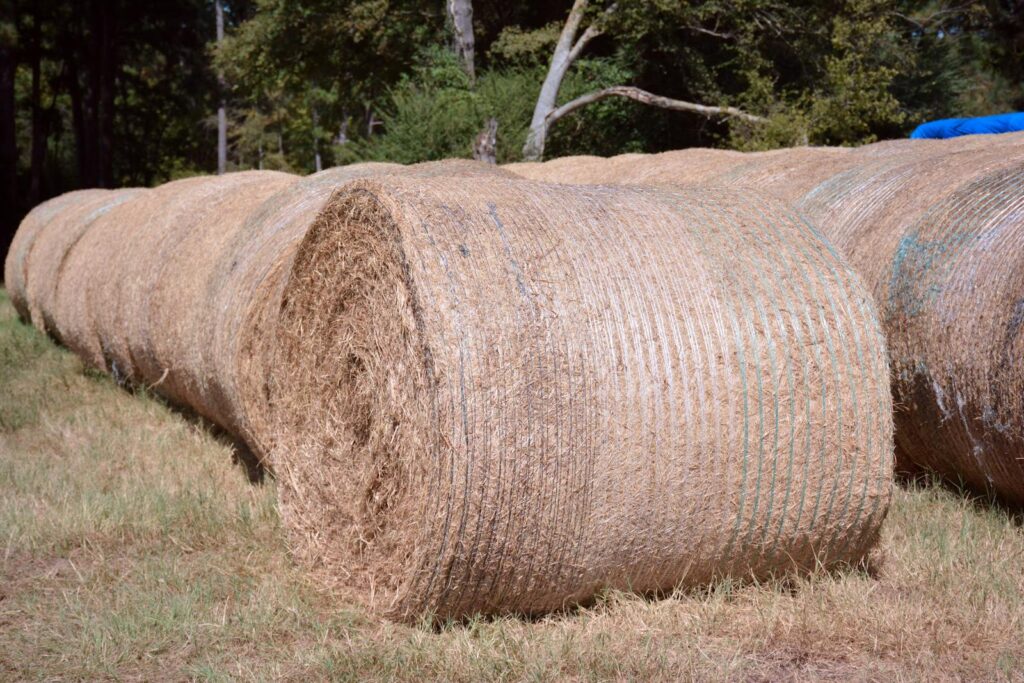
Having contingency plans for your feed and hay storage is essential for ensuring your horses remain properly nourished during emergencies like natural disasters, supply chain disruptions, or extended power outages. Start by maintaining at least a two-week emergency supply of feed stored in waterproof containers that can be quickly relocated if necessary. Document your horses’ exact feed requirements, including specific brands, types, and daily portions, and keep this information accessible to anyone who might need to care for your horses in your absence. Identify alternative feed sources and suppliers in your region, including those in neighboring communities that might not be affected by the same emergency conditions. For long-term preparedness, consider how you would maintain proper storage conditions during an extended power outage, particularly if you rely on electric fans for ventilation or heaters to prevent freezing in winter. Having backup generators, alternative storage locations, or relationships with neighboring farms for mutual aid during emergencies can provide valuable peace of mind. Finally, ensure your insurance policies adequately cover your feed and hay inventory, as these represent a significant financial investment that could be devastating to lose without compensation.
Conclusion
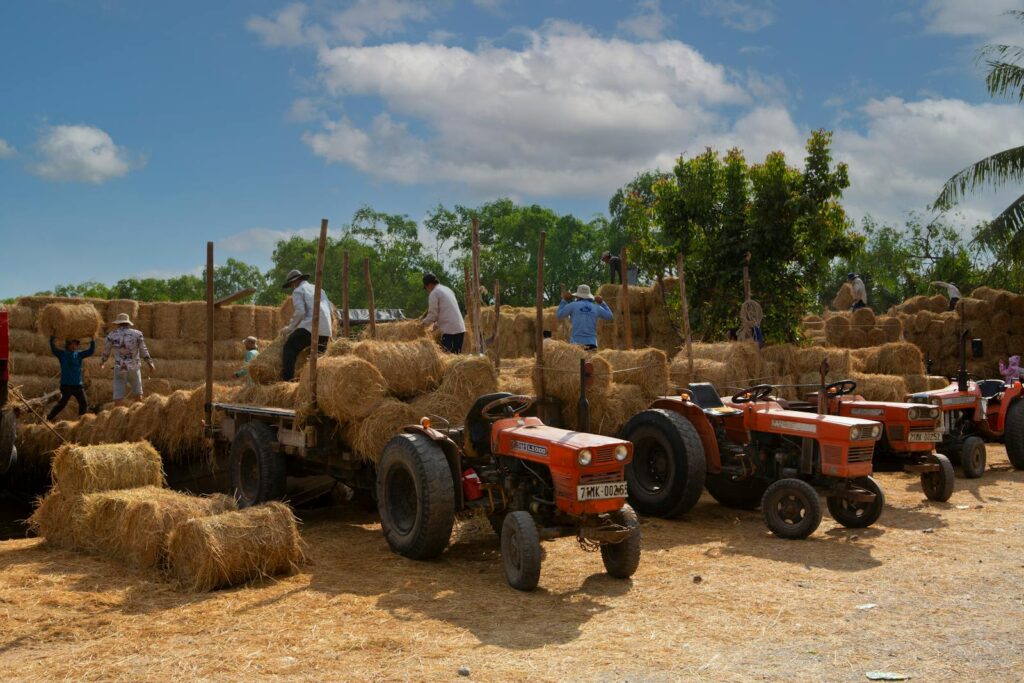
In conclusion, proper storage and maintenance of horse feed and hay is a fundamental aspect of responsible horse ownership that directly impacts equine health, farm efficiency, and financial management. By implementing the strategies outlined in this guide—from creating optimal storage environments and selecting appropriate containers to managing inventory and preparing for emergencies—you can significantly extend the shelf life of your feed and hay while preserving their nutritional value. Remember that even small improvements to your current storage practices can yield substantial benefits in terms of reduced waste, decreased risk of health issues related to spoiled feed, and overall cost savings. Investing time and resources into developing effective storage systems is ultimately an investment in your horses’ health and your peace of mind as a caretaker. As with all aspects of horse management, consistency and attention to detail are key to success in maintaining the quality of your horses’ nutrition from purchase to feeding time.

